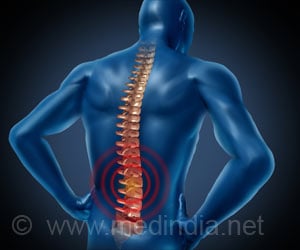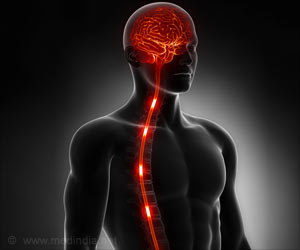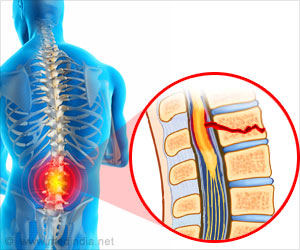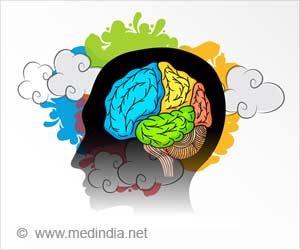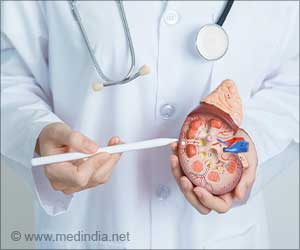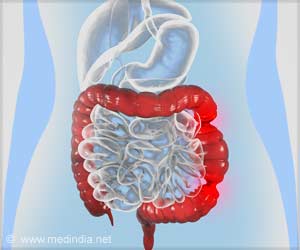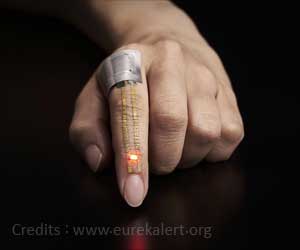Physical therapeutic interventions offer better efficacy than medication in alleviating symptoms of spasticity after spinal cord injury.

‘Physical therapeutic interventions offer better efficacy than medication in alleviating symptoms of spasticity after spinal cord injury.
’





To offer better multidimensional therapeutics, the study team has identified promising approaches to alleviate symptoms of spasticity after spinal cord injury. The study involved a national online cross-sectional survey of 1,076 people with spinal cord injury. The study threefold aim included the following:
- One – to identify the characteristics of spasticity that have the greatest impact on daily life and function.
- Two – to describe relationships among characteristics of spasticity and injury-related attributes.
- Three – to gauge the perceived value of spasticity management strategies.
“Our goal was to characterize the qualities that people with spinal cord injury associate with their experience of spasticity, and to describe the relationship between spasticity and perceived quality of life. We found that there are five most common problematic experiences: stiffness all day, interference with sleep, painful spasms, perceived link between spasticity and pain, and intensification of pain before a spasm. We also learned that stiffness associated with spasticity was more common than spasms,” says Dr. Field-Fote, who directs the Southeastern Regional Spinal Cord Injury Model System at Shepherd Center.
The highest frequency of spasms was reported by 56% of respondents under 25 years old, decreasing to 28% among those over age 55 years. Interestingly it was also found that participants who were involved in stretching and exercise were more likely to improve spasticity than medication.
Advertisement
Source-Medindia

